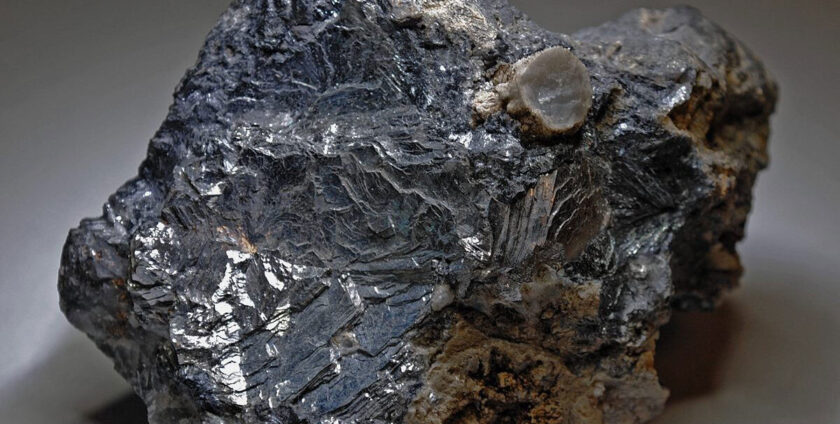
After a rapid surge, antimony prices have reached $56,000–$58,000 per ton in Rotterdam warehouses. However, for the past two market updates, prices have remained stable, suggesting a potential peak. Meanwhile, domestic prices in China continue to rise due to the ongoing export ban, creating a price disparity of over 40% between internal and external markets. One way or another, the market is searching for balance.
End consumers are attempting to optimize costs by reducing antimony usage in their formulations. However, most substitution efforts took place a decade ago when prices spiked to $17,000 per ton. Now, there seems to be little room for further reductions. At the same time, demand for antimony in solar panel production is growing rapidly, reportedly accounting for 25% of total consumption.
Chinese producers are exploring ways to relocate production outside of China, with Thailand, Vietnam, Pakistan (greetings from Tramp’s tariffs list) and even Italy being discussed. However, moving the industry is not just about relocating production—it involves mining, refining, and smelting, each with significant challenges: raw material availability, economic feasibility, infrastructure, regulatory restrictions, logistics, potential geopolitical risks. New antimony projects face additional hurdles, such as a lack of industry experience, skilled specialists, and necessary technologies
- By:admin
- 0 comment